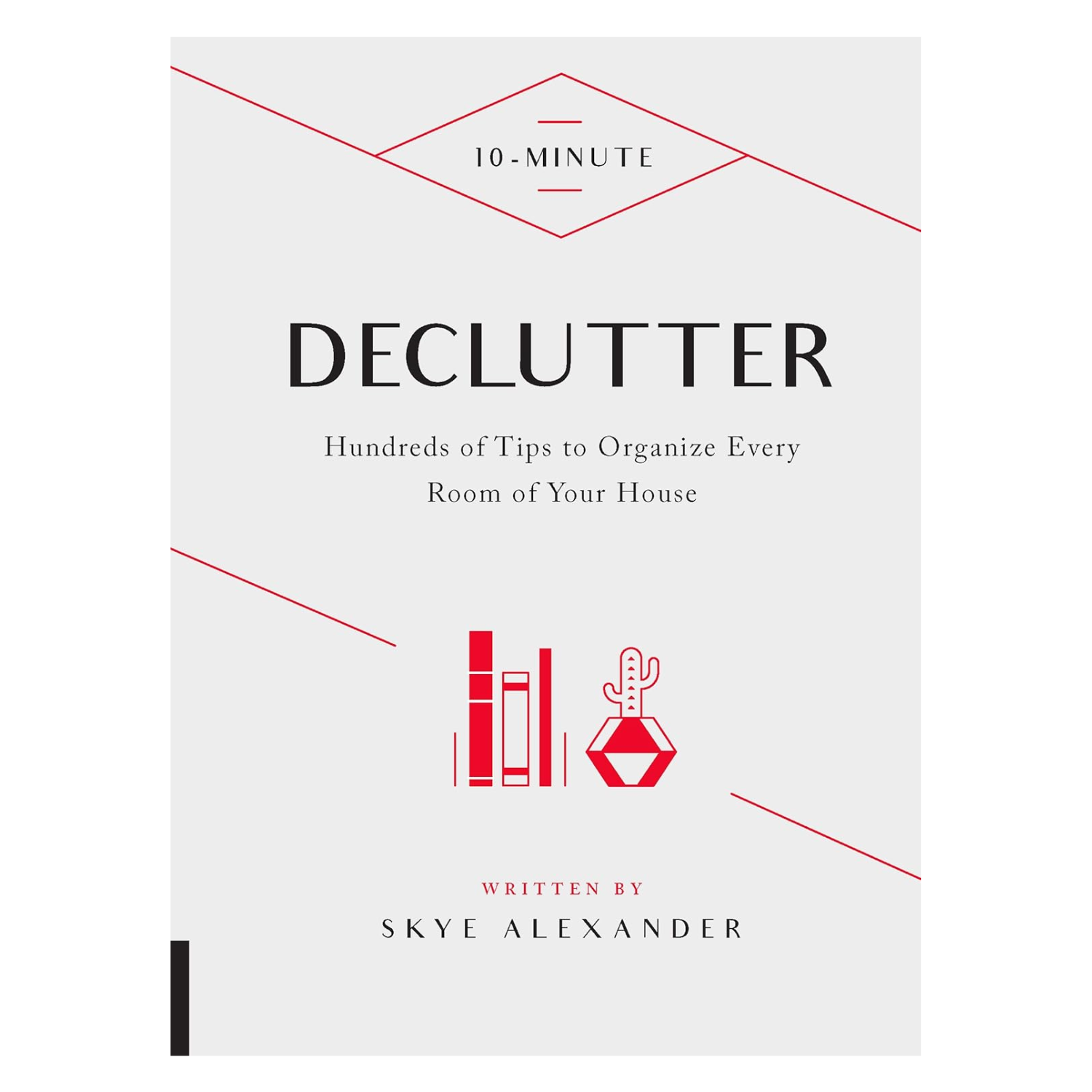How to Declutter a Dining Room — So You Can Actually Eat Meals at the Table Like You're Supposed to
No appetite for a dining room filled with clutter? These 6 tips will help you clear up this space in no time at all
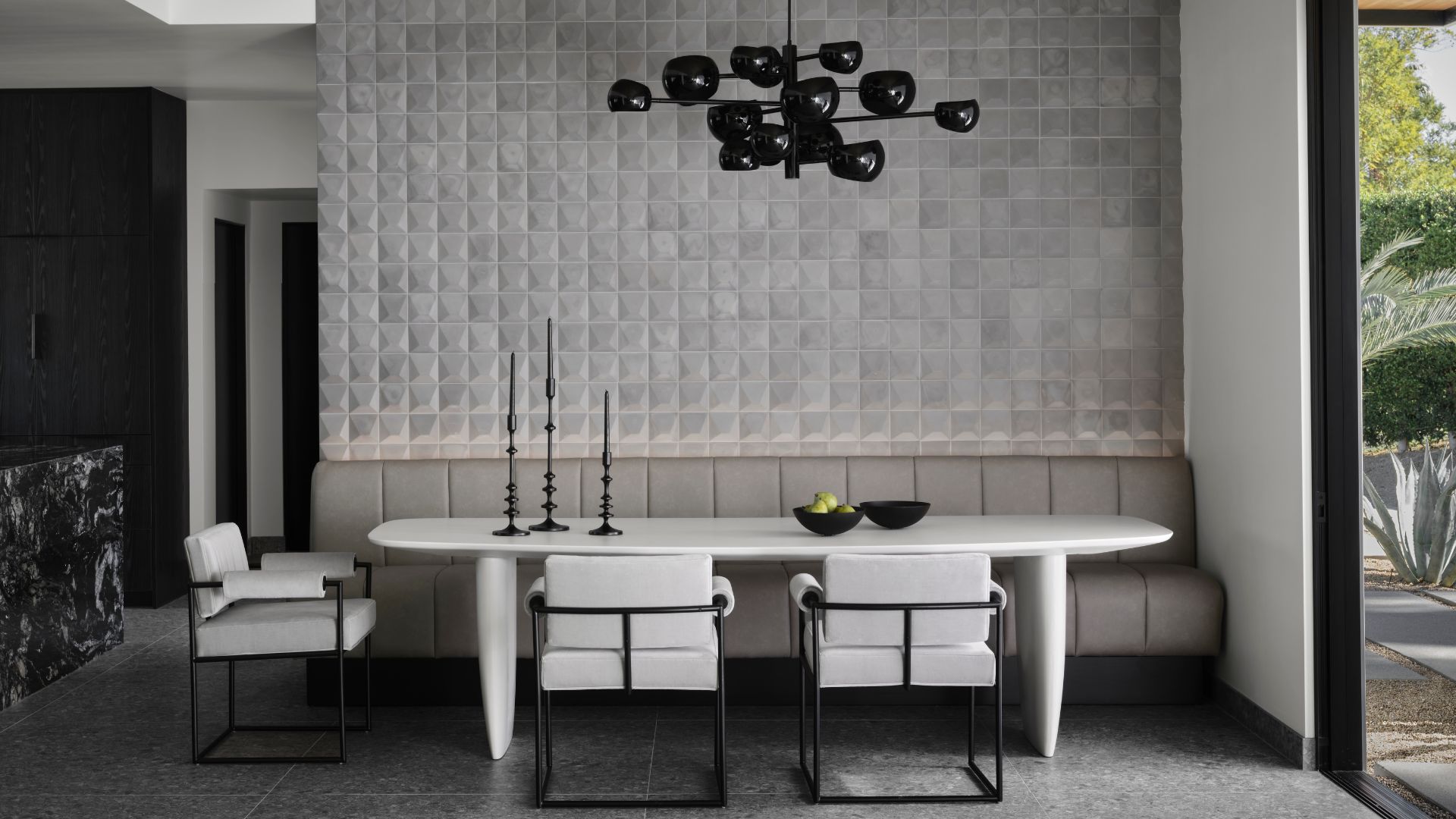

If you don't use your dining room every day, it can become your home's biggest offender for clutter build-up. Piles of folded laundry destined for the closet, important letters you haven't filed away, opened parcels that you haven't found space for yet —those are just a few things that sit on my dining room table that aren't meant to be there. So what's the secret to decluttering a dining room?
When you think of decluttering a home, the dining room might not be the first space that comes to mind. However, considering its role in entertaining guests and hosting meals, this task should definitely make it to your to-do list.
Wondering where to begin? Well, the experts have given us the lowdown on how to easily cut clutter from this room. And all it takes are these six simple steps.
1. Start with a Clear Vision

Identifying the objectives of your dining space will allow for a strategic declutter.
Cara Palmer, founder of Organize Every Room, tells us that before removing even a single item from your dining room, you should first envision how you want to use this room.
"Is it strictly for formal dining, or does it double as a workspace or homework station?" she probes. "Understanding the room's primary and secondary functions helps guide your decluttering decisions."
So at the start of your dining room decluttering journey, Cara recommends taking photos of the space from different angles to help you see it objectively. This seemingly simple step will provide clarity on how to move ahead.
Cara Palmer is the founder of OrganizeEveryRoom.com and a home organization expert who specializes in creating functional, sustainable storage solutions. Her organization strategies are regularly featured in leading publications, including Martha Stewart, Apartment Therapy, Homes and Gardens, The Spruce, Taste of Home, and Livingetc.
2. Relocate Non-Dining Items First
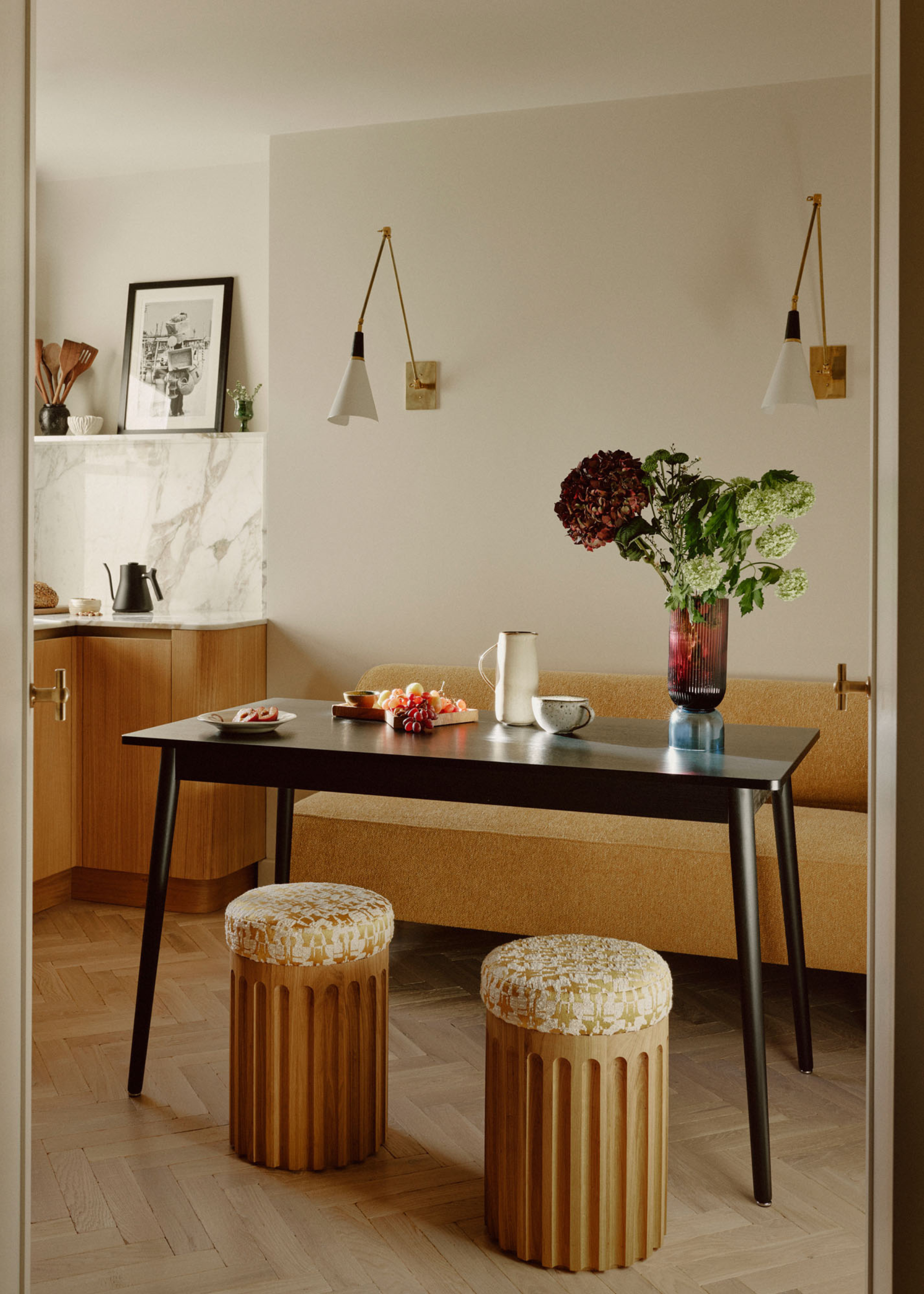
Be it breakfast, lunch or dinner, clutter should not have a seat at the table.
If you're not careful, your dining room can become a catch-all for an assortment of items that simply don't belong.
For instance, let's say you spend some time tapping into your artistic side and your craft supplies get piled to the side. Or perhaps you take a work call from your dining table and paperwork ends up sitting stacked for longer than it should.
"I find it important to focus on your goal of returning every room in your space to its stated intention," says decluttering expert Ben Soreff. "The dining room should be a place that only serves that function. So set aside the time to sort, review, and distribute the misplaced items."
And if you're looking for an expert-approved technique to help you with this step, we can't recommend the library cart method enough.
Ben Soreff is a partner at House to Home Organizing. He is originally from Portland, Maine and used to work in film & TV Production. Ben graduated from Skidmore College and has experience with Level 5 Hoarders.
3. Evaluate Your Tabletop and Decorative Items
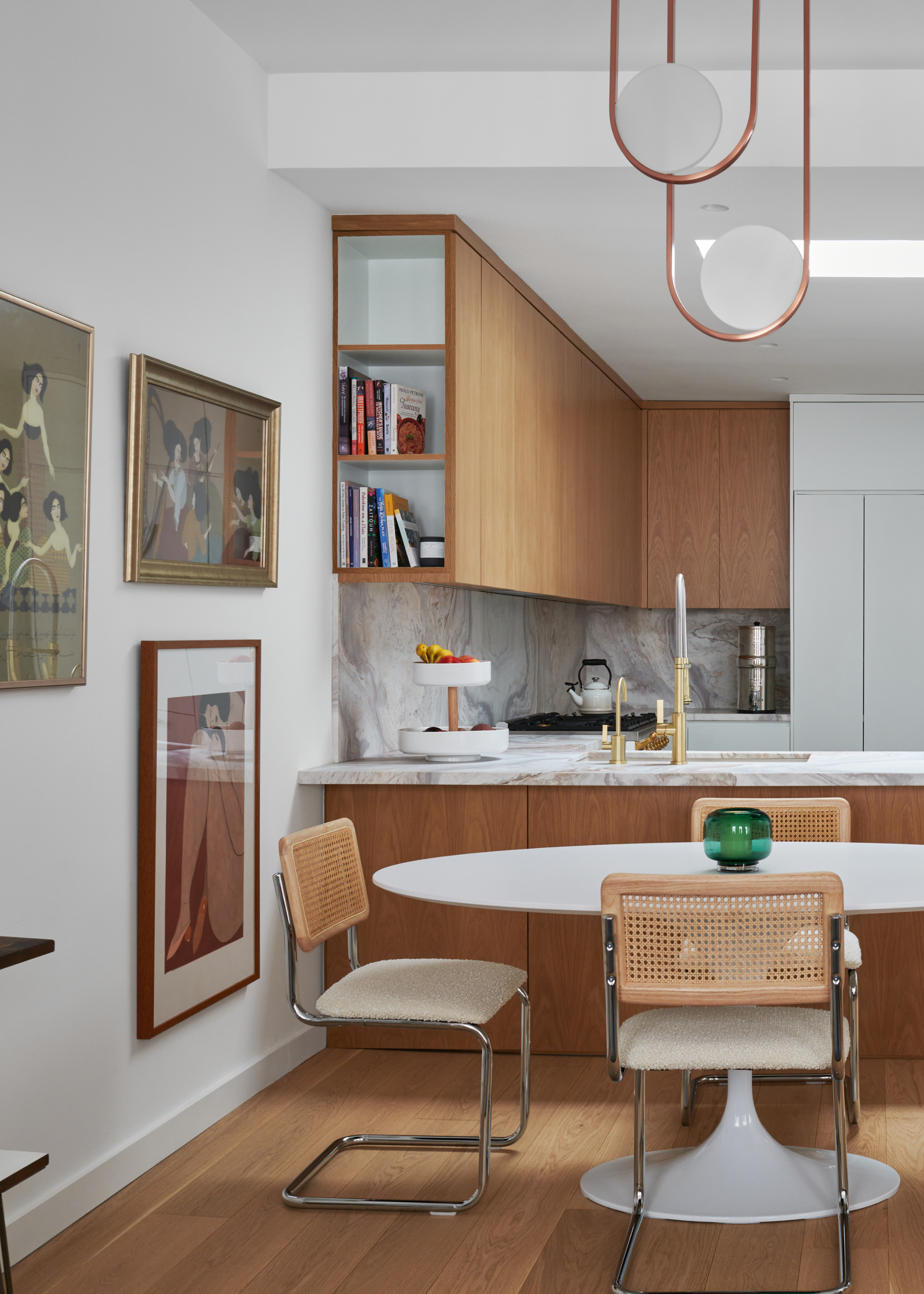
A tabletop flourish is welcome but cluttered centerpieces are not.
According to Cara, dining tables often accumulate decorative objects that can make the space feel cluttered. And while we love a good table-bound centerpiece, there is a thin line between dressing and overdressing to the point of disruption.
"Remove everything from the table and sideboard surfaces, then selectively return only items that enhance the room's function and aesthetic," says Cara. "A good rule of thumb is to limit decorative groupings to three items maximum, varying in height for visual interest while maintaining simplicity."
And if you enjoy the minimal aesthetic that comes with a bare table, you can always opt for a chic hanging centerpiece instead.
4. Streamline Your Serveware

Paring back in honesty will result in a curated dining space that's totally clutter-free.
As far as dining room storage goes, Cara points out that these units typically tend to host serving dishes, platters, and special-occasion items. However, she explains that it's important to be honest about which pieces you actually use.
"Seasonal dinnerware and glasses can quickly overwhelm dining room storage. If you have multiple sets, consider keeping just one complete set that brings you joy and works for most occasions," she notes. "Also consider implementing the 'one in, one out' rule aka the mailbox decluttering method for future acquisitions."
If you have a vast collection of serveware that holds sentimental value, you can always stow them away in a hosting closet for easy reach.
5. Address Your Table Furnishings

When it comes to draping your table, oftentimes less is more.
If you're like us and you have a weak spot for adorable table-dressing accessories, then it's fair to say that you probably have an impressive selection to pick from.
However, the one (dare we say) downside to a beautiful collection of table linens is that it can quickly contribute to the clutter in your dining room. This can be especially detrimental if you're working with a small apartment dining room.
"Sorting through tablecloths, runners, placemats, and cloth napkins is an important part of decluttering your dining room," says Cara. "Keep only those you genuinely use and love. Don't forget to donate outdated linens and recycle stained and torn furnishings."
6. Make a Habit of Surface Scanning
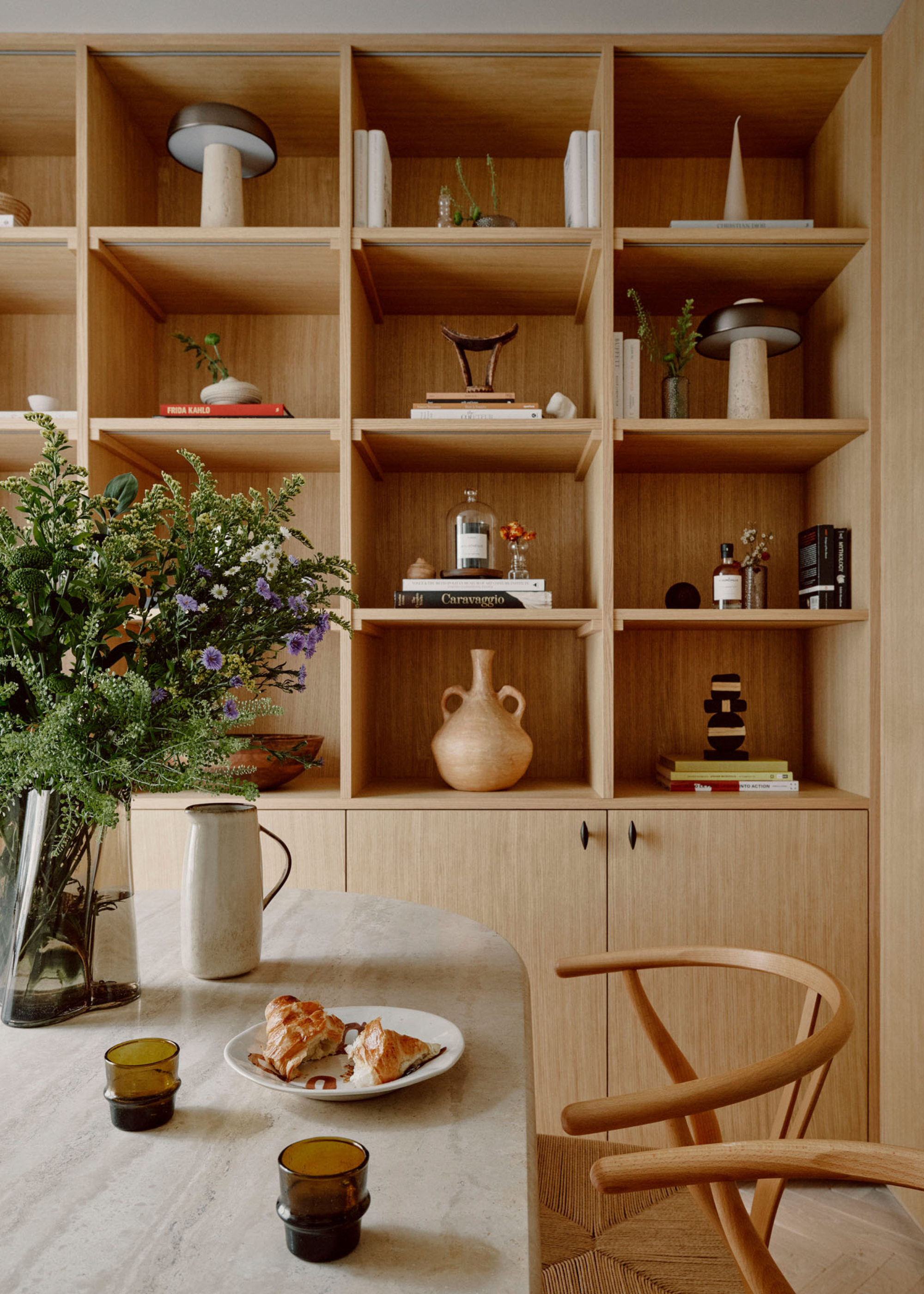
Keeping a clean dining room is an everyday job that's worth the effort.
Whether you're decluttering your kitchen or clearing your living room, the key to ensuring that your home is consistently in order is maintenance. So Cara recommends developing the habit of doing a quick 'surface scan' after meals and entertaining.
"This two-minute practice involves clearing all horizontal surfaces of anything that doesn't belong in the dining room," she explains. "Make it a family ritual to return the dining room to its decluttered state before bedtime."
By running your sight over your dining room every now and then and quickly sorting through the space in real time, you can reduce the need for decluttering sessions and enjoy the room to the fullest.

Price: £7.99
Format: Paperback
If you appreciate a step-by-step approach to tackling the clutter in your home, Mind Over Clutter by Nicola Lewis will make a great addition to your library.
FAQs
What Should I Remove First When Decluttering?
When decluttering a dining room, Cara tells us that the best first move is to immediately remove 'transit items'. "This includes belongings that are passing through or temporarily stored in the dining room but don't truly belong there," she explains. "Think paper items like mail, magazines, work documents, electronic devices and their accessories, items from other rooms, unfinished projects and seasonal decorations from past holidays."
By removing these non-dining items first, Cara finds that you'' notice an immediate improvement to the visual appearance of the space. "Addressing these obvious misplacements first is psychologically rewarding, creating momentum for making more nuanced decisions about dining-specific items," she notes.
"Once you have cleared the obvious non-dining items, assess the dining-specific items that have accumulated beyond what you need or use. This two-phase approach makes the process less overwhelming and more systematic."
As far as the dining room goes, we'd wager that it's one of the more important spaces to maintain. Whether you're hosting your friends or cherishing meals with loved ones, it's meant to be a convivial space for all to convene. And clutter gets in the way of just that.
So by keeping yourself accountable in the present and penciling in some time to declutter your dining room now, you can ensure that this space is guest-ready and dine-friendly.
So happy decluttering and bon appetit!
Be The First To Know
The Livingetc newsletters are your inside source for what’s shaping interiors now - and what’s next. Discover trend forecasts, smart style ideas, and curated shopping inspiration that brings design to life. Subscribe today and stay ahead of the curve.

Amiya is a Home Wellness Writer at Livingetc. She recently graduated with a Masters Degree in Magazine Journalism from City, University of London, and has lent her words to beauty, fashion, and health sections of lifestyle publications including Harper’s Bazaar and Women’s Health. Her experience as a research analyst has equipped her with an eye for emerging trends. When she’s off the clock, she can be found reading, listening to music, or overanalyzing her latest Co-Star update.
-
 Jeremiah Brent Captures the Grit and Glamour of NYC in His New Loloi Collaboration
Jeremiah Brent Captures the Grit and Glamour of NYC in His New Loloi CollaborationThe TV-famous interior designer looked out of his own window — and hit the pavement — for a collection that turns city spirit into tactile design
By Julia Demer
-
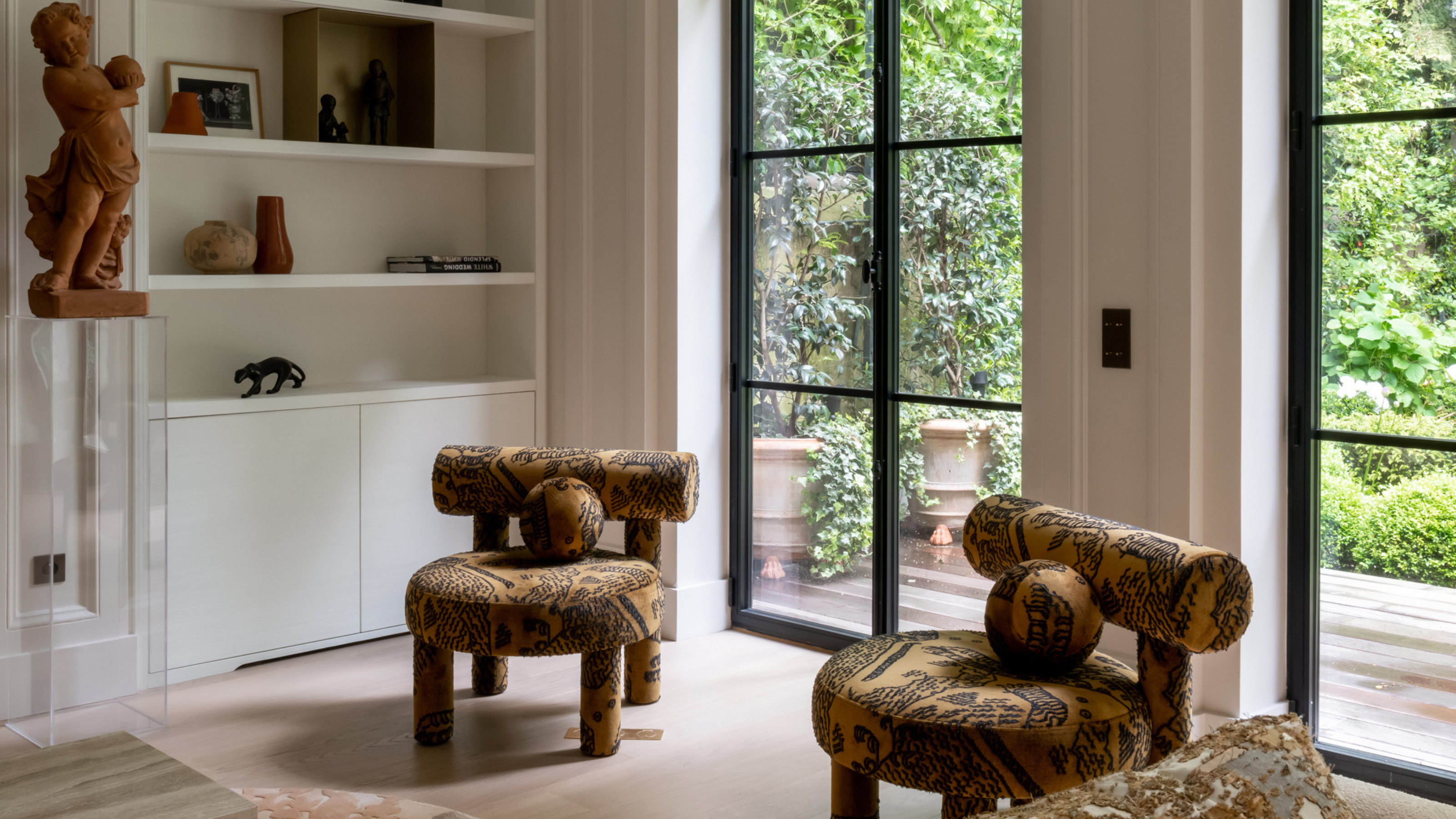 This Specific Fabric Print Is Literally Everywhere Right Now — Here's Why
This Specific Fabric Print Is Literally Everywhere Right Now — Here's WhyIt's whimsical, artistic, and full of character. We've called it already: Dedar's 'Tiger Mountain' is the fabric that will define 2025
By Devin Toolen
-
 These Are the Dos and Don'ts of Bamboo Plant Placement — Follow This to Avoid Bad Feng Shui
These Are the Dos and Don'ts of Bamboo Plant Placement — Follow This to Avoid Bad Feng ShuiBy following the experts' guidance on where to place this houseplant you can usher luck, wealth, and prosperity into your home
By Lilith Hudson
-
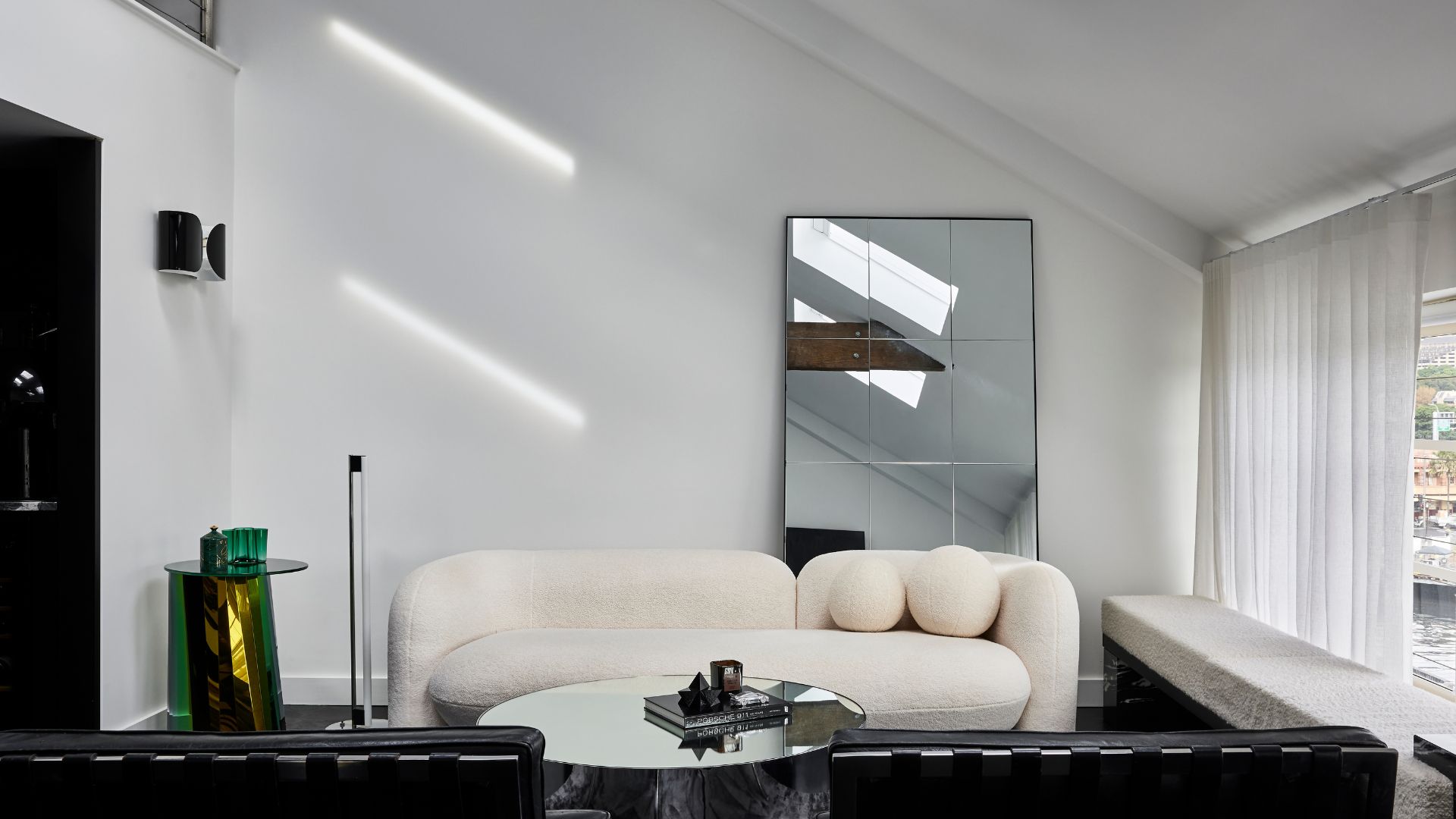 Is It Okay to Have a Mirror Facing a Door in Feng Shui? The Verdict Is In and It Just Might Surprise You
Is It Okay to Have a Mirror Facing a Door in Feng Shui? The Verdict Is In and It Just Might Surprise YouDecorating your home with mirrors calls for intention if you're dressing your space in accordance with Feng Shui. Here's what you should know.
By Amiya Baratan
-
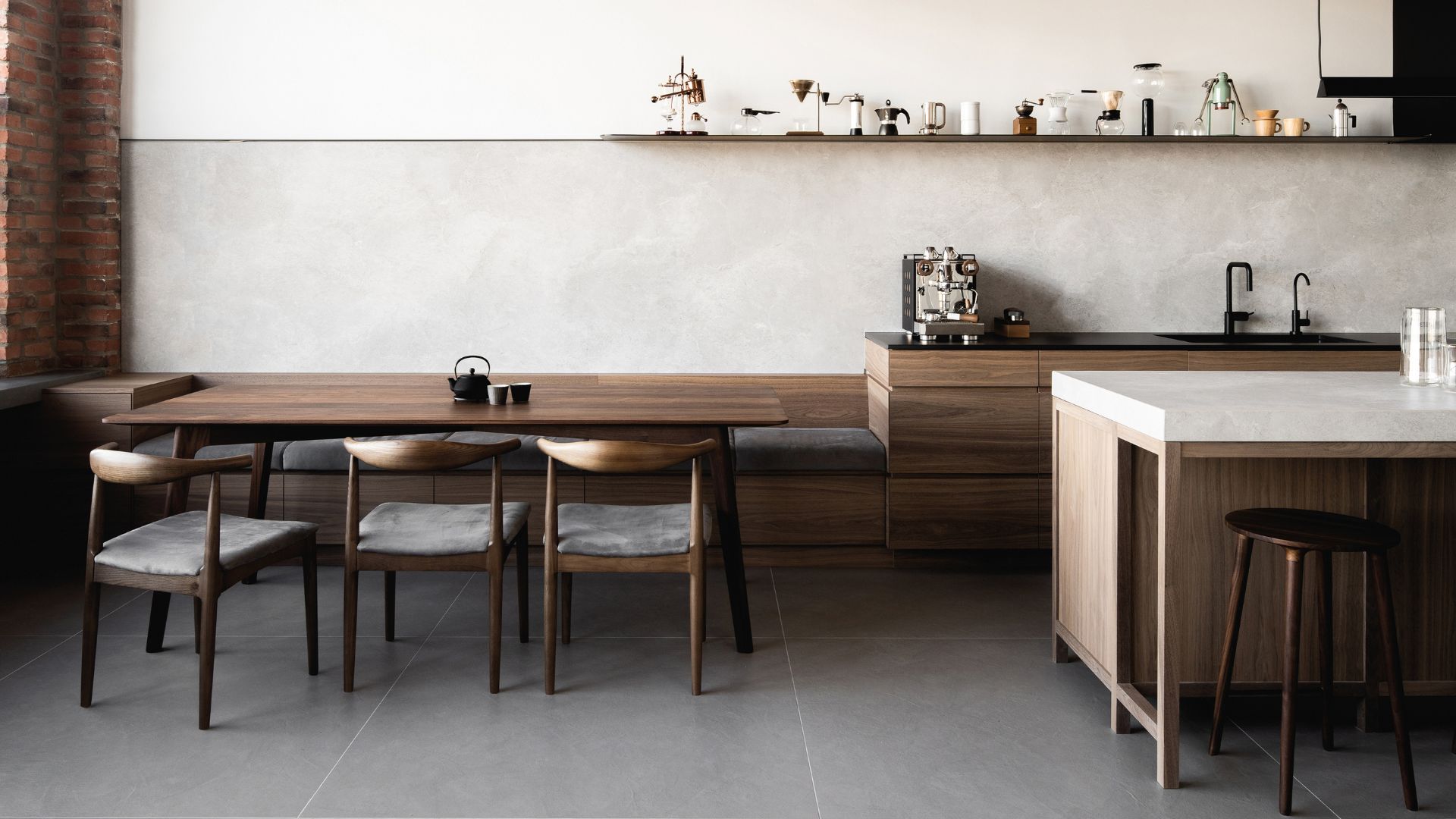 4 Things to Unpack as Soon as You Move House — For a Comfortable and Organized Fresh Start
4 Things to Unpack as Soon as You Move House — For a Comfortable and Organized Fresh StartIf you have a major move in the works and you're looking to prepare in advance, this is the starter kit you need to properly set up your new home.
By Amiya Baratan
-
 10 Decluttering Challenges to Have on Your Radar This Year — For a Tidier, More Mindful Home
10 Decluttering Challenges to Have on Your Radar This Year — For a Tidier, More Mindful HomeIf you're interested in transforming your home for the better, here are 10 decluttering challenges I recommend for a professionally tidy space.
By Amiya Baratan
-
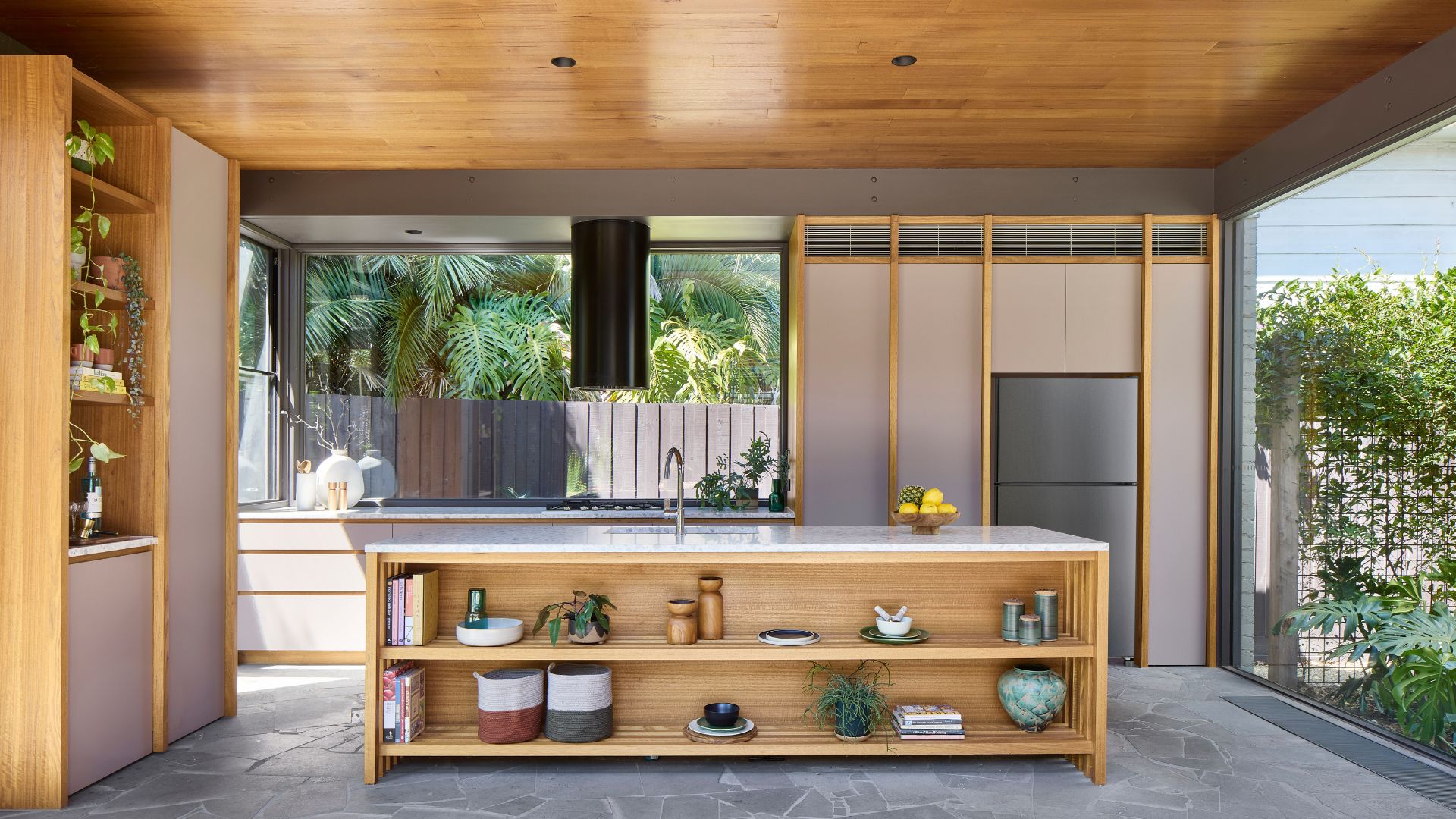 Biophilic Decluttering — What to Take Out of Your Home (and What to Put in) for a More Natural Home
Biophilic Decluttering — What to Take Out of Your Home (and What to Put in) for a More Natural HomeTry your hand at biophilic decluttering to ground your interiors, connect to the environment, and cure chronic clutter in one go. Here's how.
By Amiya Baratan
-
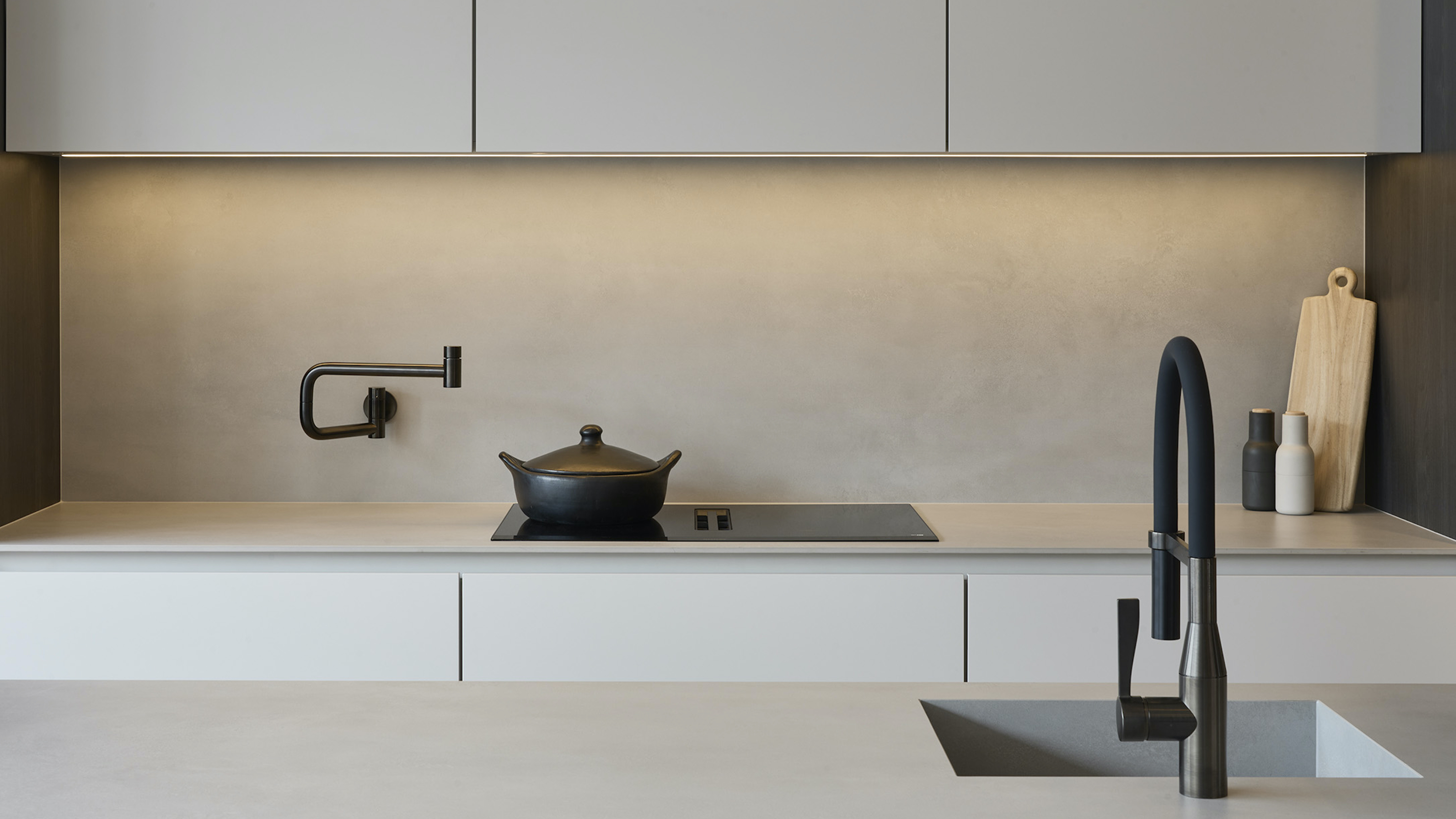 The 10 Different Types of Kitchen Taps — And the Pros and Cons of Each One to Know Before You Pick
The 10 Different Types of Kitchen Taps — And the Pros and Cons of Each One to Know Before You PickFrom sleek pull-outs to vintage bridge taps, explore 10 kitchen tap styles that mix function, flair, and a splash of cool
By Linda Clayton
-
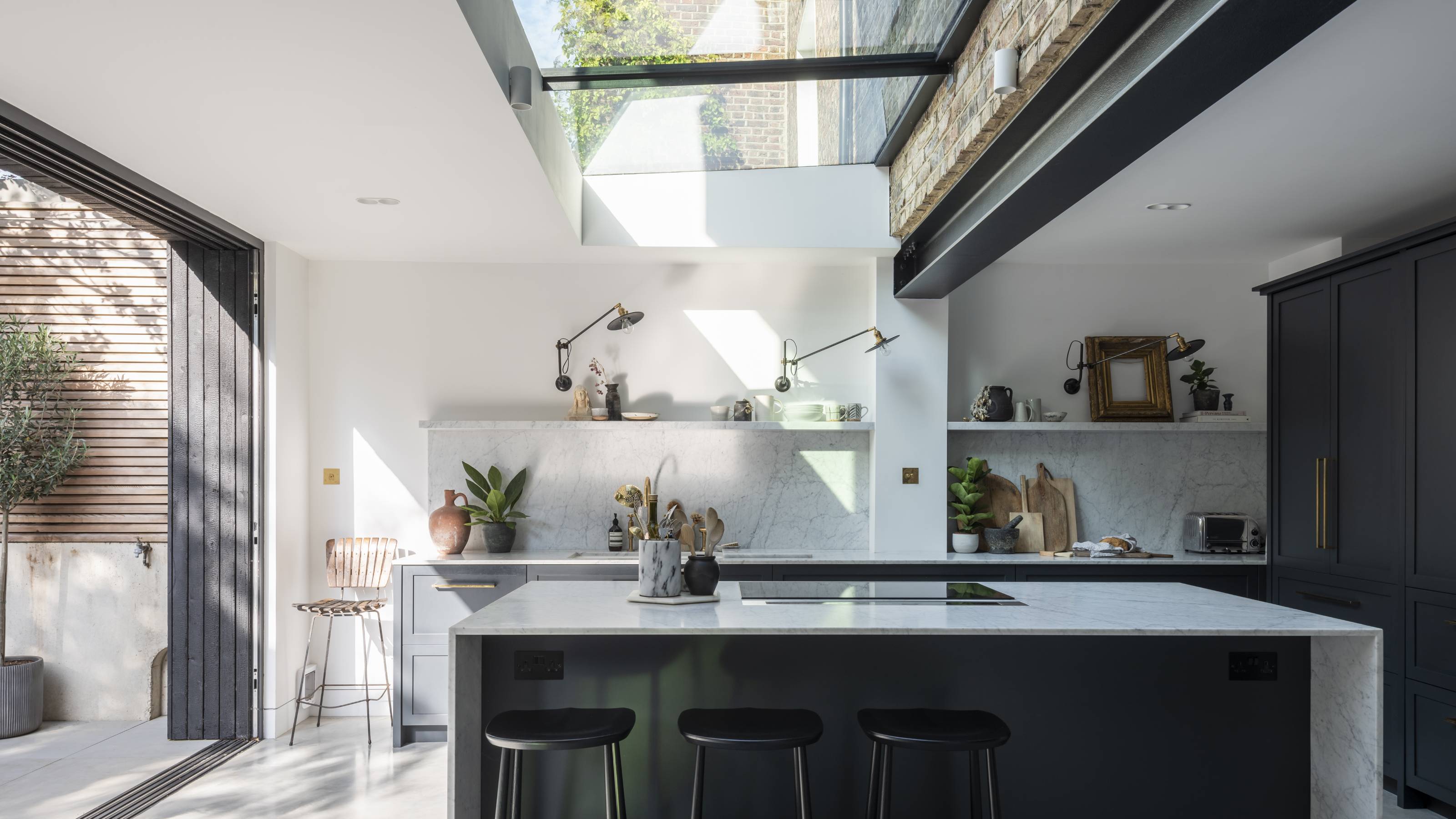 How Much Does an Extension Cost in 2025? Renovation and Design Experts Break Down Your Budget
How Much Does an Extension Cost in 2025? Renovation and Design Experts Break Down Your BudgetExplore how much different types of extensions cost in 2025 to budget for your project accurately
By Amy Reeves
-
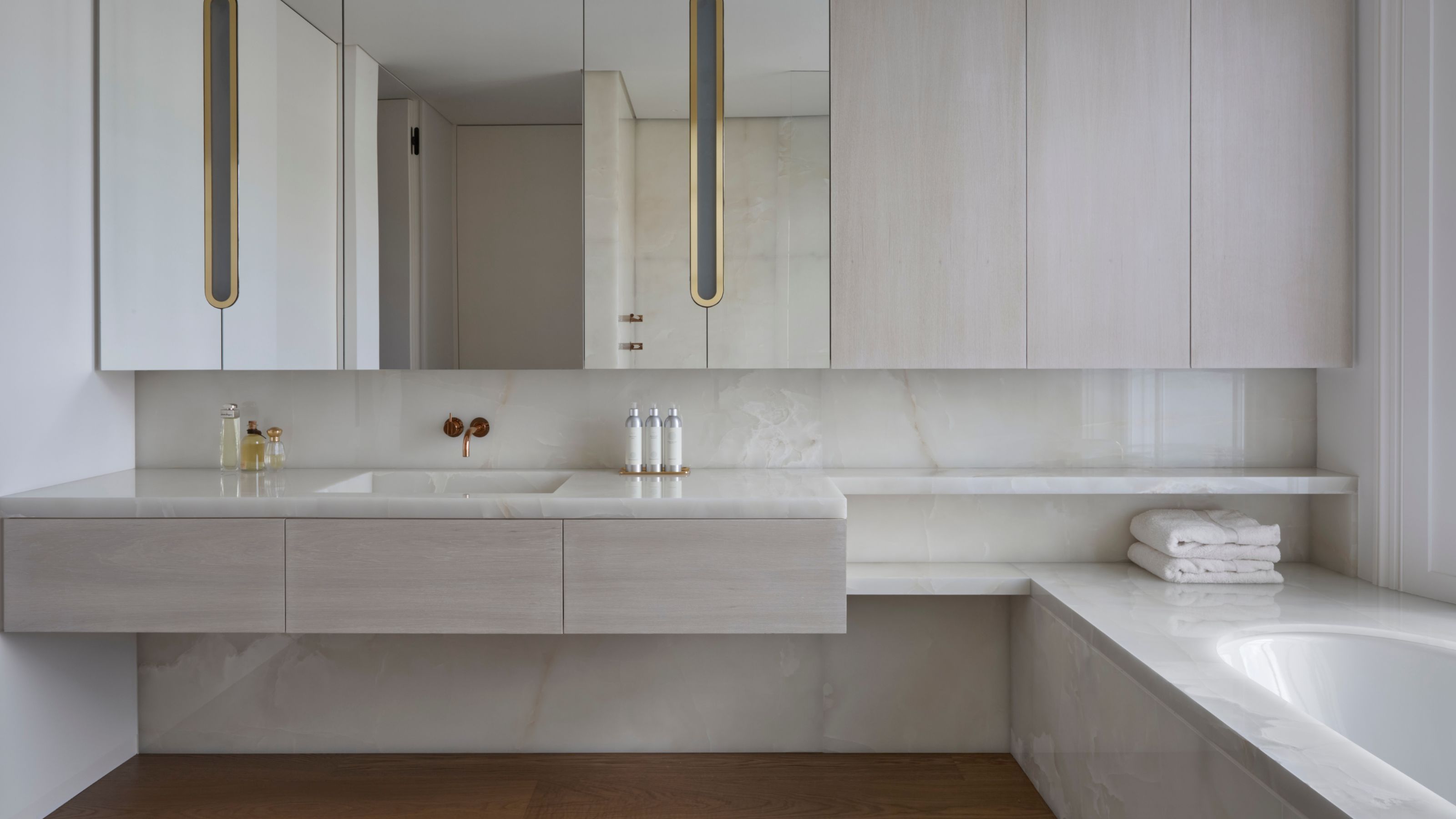 9 Bathroom Storage Mistakes You're Probably Making That Make Using This Space Much Harder — And What to Do Instead
9 Bathroom Storage Mistakes You're Probably Making That Make Using This Space Much Harder — And What to Do InsteadDiscover which mistakes are to blame for your overcrowded and cluttered bathroom
By Seraphina Kyprios
